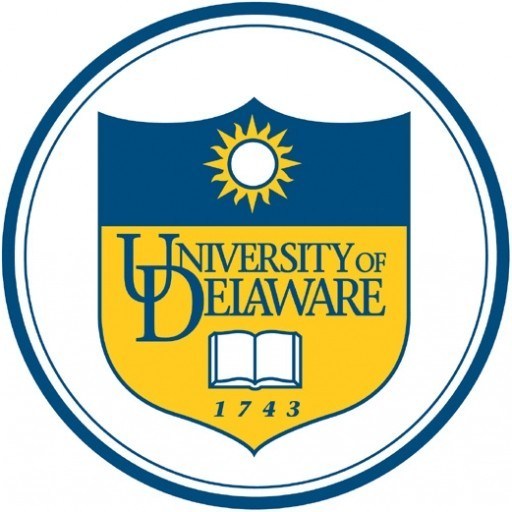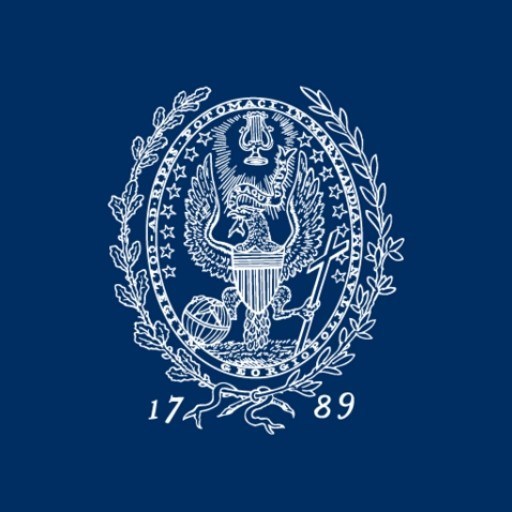Photos of university / #ucdavis
Aerospace Science and Engineering at the University of California offers a comprehensive and rigorous curriculum designed to prepare students for innovative careers in the aerospace industry. This program combines fundamental principles of physics, mathematics, and engineering with specialized knowledge in aerodynamics, flight dynamics, materials science, propulsion, and aerospace systems. Students are engaged in hands-on laboratory experiences, research projects, and design challenges that foster critical thinking, problem-solving skills, and technical proficiency. The curriculum emphasizes the development of proficiency in computer-aided design (CAD), simulation, and analysis tools essential for modern aerospace engineering. Through coursework and laboratory work, students learn about aircraft and spacecraft design, aeronautical engineering, space exploration technologies, and related fields. The program also emphasizes the importance of safety, sustainability, and ethical considerations in aerospace endeavors. Students have opportunities to participate in internships, research collaborations, and industry-sponsored projects, providing real-world experience and networking opportunities that enhance their career prospects. Faculty members are renowned experts in their fields, guiding students through cutting-edge developments in aeronautics and astronautics. The department promotes a collaborative environment that encourages innovation and interdisciplinary approaches, preparing graduates to contribute to advancements in commercial aviation, space exploration, defense, and more. Upon completion, students receive a Bachelor of Science degree in Aerospace Science and Engineering, equipping them with the skills, knowledge, and industry connections necessary for successful careers in academia, industry, or government agencies. The program is committed to fostering diversity, inclusion, and lifelong learning, supporting students in becoming future leaders in aerospace technology.
Communication, Writing and General Education Requirements
- Expository Writing
- Introduction to Literature
- Books of West Civ/ Ancient World
- Books of West Civ/MidAge-Enlight
- Books of West Civ/Modern Crisis
- Books of Contemporary World
- Intro to Native American Lit
- Intro to Public Speaking
- Group Communication
- Advanced Composition
- Writing in the Disciplines: Engineering
- Writing in the Professions: Business Writing
- Writing in the Professions: Science
- Writing in the Professions: Technical Writing
Lower Division Mathematics, Physical Sciences, and Engineering Requirements
- Calculus
- Vector Analysis
- Linear Algebra
- Differential Equations
- Classical Physics
- Modern Physics
- General Chemistry
Engineering
- Engineering Graphics in Design
- Engr Prob Solving / Engr Applic
- Circuits I
- Statics
- Properties of Materials
Engineering core requirements
- Electronic Circuits and Systems
- Dynamics
- Fluid Mechanics
- Mechanics of Materials
- Thermodynamics
- Professional Responsibilities
- Thermo-Fluid Dynamics
- Measurement Systems
- Experimental Methods for Thermal Fluids
- Fundamentals of Heat Transfer
- Automatic Control of Eng. Systems
- Applied Aircraft Aerodynamics
- Stability & Control of Aerospace Vehicles
- Finite Element Methods in Structure
- Aerospace Structures
- Aircraft Propulsion
- Aircraft Performance and Design
- Engineering Analysis
- Numerical Analysis in Differential Equations
- Intro to Numerical Analysis
Electives
- Rocket Propulsion
- Space Systems Design
- Orbital Mechanics
- Intro to Space Vehicles
- Theoretical/Computational Aerodynamics
- Stability of Flexible Dynamic Systems
Requirements
- To be considered for freshman admission to the University of California, you must earn a high school diploma or equivalent
- The scholarship requirement is satisfied if you earn a GPA of 3.00 or higher. All courses must be completed with a C grade or better. Applicants who are not California residents must earn a GPA of 3.40 or higher
- Achieve a minimum score of 550 on the paper-based Test of English as a Foreign Language (TOEFL), 213 on the computer-based TOEFL or 80 on the Internet-based TOEFL.
- Achieve a minimum score of 7 (academic module) on the International English Language Testing System (IELTS).
The University of California offers a comprehensive financial aid program for students pursuing degrees in Aerospace Science and Engineering. Prospective students are encouraged to explore a variety of funding sources to finance their education, including federal and state grants, scholarships, work-study opportunities, and private loans. Federal grants such as the Pell Grant and the Federal Supplemental Educational Opportunity Grant (FSEOG) provide need-based assistance to eligible undergraduates, which can significantly reduce the cost of attendance. State-based aid programs, including the Cal Grant, are also available to California residents demonstrating financial need and academic merit.
In addition to these federal and state programs, the University of California has numerous departmental scholarships specifically dedicated to students in Aerospace Science and Engineering. These scholarships are awarded based on merit, financial need, or a combination of both, and are intended to support students throughout their academic journey. The university also encourages students to apply for external scholarships offered by aerospace industry organizations, private foundations, and professional associations, which can provide additional funding and networking opportunities.
Work-study programs are another valuable component of the university’s financing strategies. Eligible students may participate in on-campus employment opportunities related to their field of study, gaining practical experience while earning income to help cover educational expenses. Furthermore, many students complement their financing plans with private student loans, which require careful consideration and comparison of interest rates, repayment terms, and borrower benefits.
The university provides financial literacy resources and counseling services to assist students in understanding their financing options, managing debt responsibly, and planning for repayment after graduation. It is recommended that students complete the Free Application for Federal Student Aid (FAFSA) early in the application cycle to maximize their eligibility for available aid. By combining these various funding sources and resources, students can develop a personalized financing plan that minimizes debt and emphasizes their academic and career goals in Aerospace Science and Engineering.
The Bachelor of Science in Aerospace Science and Engineering at the University of California is a comprehensive program designed to prepare students for careers in the aerospace industry, including areas such as aeronautics, astronautics, and aviation systems. The program emphasizes fundamental engineering principles, aerodynamics, propulsion, aerospace materials, structures, and flight mechanics, providing students with a solid foundation in the science and engineering of aircraft and spacecraft. Students have opportunities to engage in hands-on projects, research initiatives, and internships that enhance practical skills and industry readiness. The curriculum combines core engineering courses with specialized aerospace topics, often including coursework in flight testing, control systems, and aerospace design. The university's facilities support active learning through laboratories and simulation centers, fostering innovation and experimental learning. Graduates are well-equipped to pursue advanced studies or immediate employment in aerospace industries, government agencies, or research organizations. The program also encourages interdisciplinary collaboration and offers research opportunities in emerging fields like space exploration, unmanned aerial vehicles, and advanced materials. Faculty members are recognized experts in aerospace engineering, supporting students through mentorship and research guidance. The university’s location and industry connections provide valuable networking and internship opportunities, ensuring students gain practical experience and industry insights. Overall, the program aims to develop highly skilled engineers capable of contributing to technological advancements and solving complex challenges in aerospace science and engineering.


